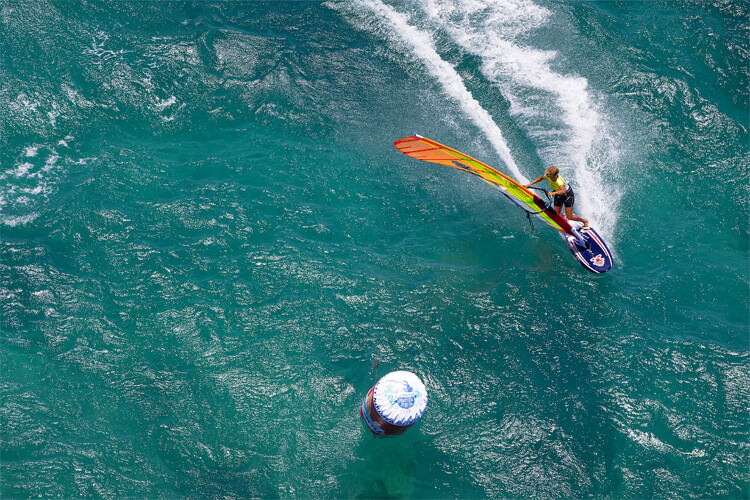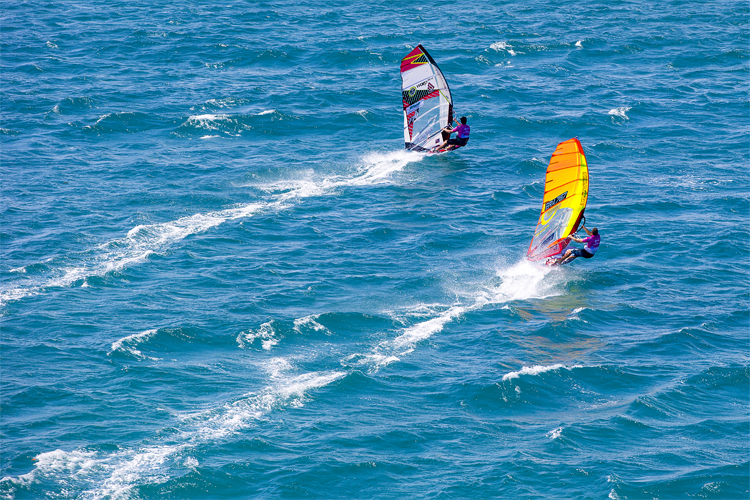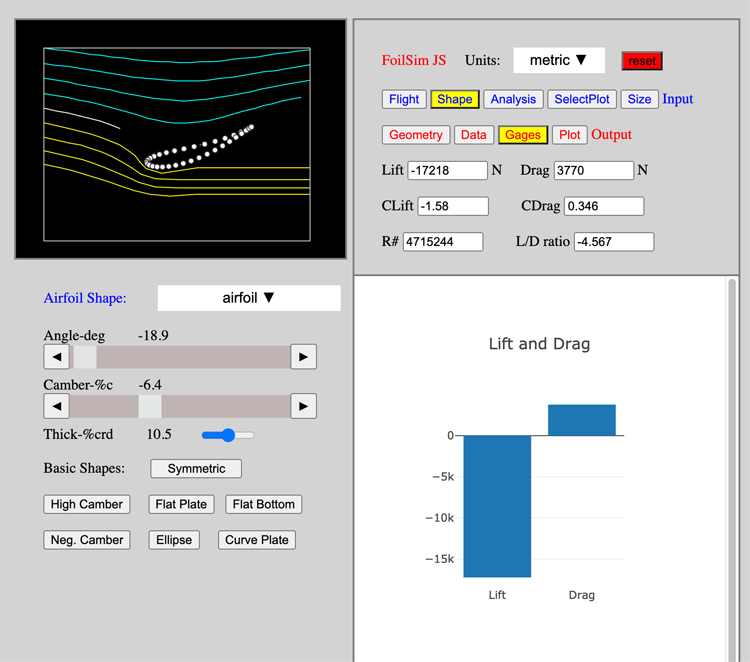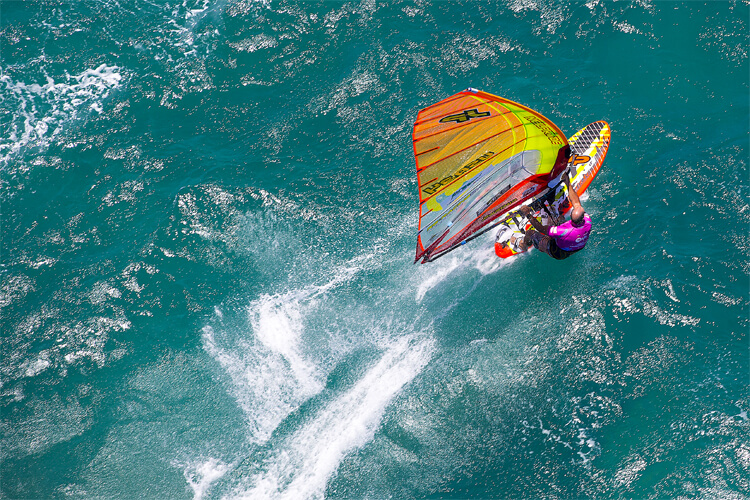How does wind help propel a windsurf board and sail?
Mark, the founder of 3D Enlightenment, created a simple and straightforward video on the physics of windsurfing.
In the clip, he explains the physics of the wind's force on the sail, why the board doesn't just go downwind, how you can sail faster than the wind, why the shape of the sail provides lift, and how to steer the board.
Here's what happens when you get your windsurfing equipment on the water on a windy day.
The wind is like millions of particles of air that will strike the sail. These particles are similar to a cue ball striking another ball.

When the cue strikes another ball, the force is transferred to the other ball, perpendicular to the point of impact.
If the wind strikes the sail when it's at an angle of about 45 degrees, the force will be transferred to the sail and pushed downward at an angle perpendicular to the sail.
Because the force downwind is at an angle, we can break it down into a force straight downwind and a force across the wind or forward.
When the cue ball strikes at a shallow angle, the force transferred is again perpendicular to the point of contact, but the force is much smaller due to the shallow angle.
If the sail has not been pulled in very far, the force from the wind perpendicular to the sail is also small.
Similarly, when the cue ball strikes the ball more directly, the transferred force is again perpendicular to the sail and is also much larger.
So when the sail is pulled in quite far, the force transferred is almost directly downwind, and only a small force is generated across the wind in a forward direction.
So, in summary, as you pull in the sail, the force across the wind or in a forward direction will increase until the sail is about 45 degrees to the wind and then decrease again as you pull the sail in further.

Wind: A Dynamic Force
So why doesn't the board just go downwind?
The force of the wind is a dynamic force, and the dynamic force has the formula - force in the sail is equal to one-half times the density of the air times the velocity of the wind squared times the area of the sail.
The key parameter here is the density of the air, which is very low at 1.2 kilograms per cubic meter.
So, what balances the wind pressure?
To answer that, we have to look under the water. Here, we will find the fin.
As the wind blows against the sail, the fin receives resistance pressure from the water.
Now, this pressure is also a dynamic force that can be measured with the same formula: the force on the fin is equal to one-half times the density of the water times the velocity of the water squared times the area of the fin.
The key parameter again is the density, and the density of the water is 1000 kilograms per cubic meter, which is much greater than that of air.
So, even though the fin is much smaller than the sail, you're still able to avoid hitting straight downwind.
So again, the fin has a wide side and a narrow side.
As we saw before, the wind causes a force on the sail downwind as well as across the wind.
If we look through the board, we can see that the downwind force is being met with resistance from the wide side of the fin, and the forward force is met with little resistance, and the board moves forward.
If the board heads upwind slightly, the angle of the fin changes relative to the wind, the downward resistance gets smaller, and the forward resistance gets a little larger.
If the board heads upwind at an angle of about 45 degrees, the angle of the fin relative to the wind has now reached a point where the resistance against the fin downwind is about the same as it is in the forward direction.
If the board heads up and even further beyond 45 degrees, the angle of the fin relative to the wind is such that the forward resistance is now greater than the downwind resistance, and the board will start to head downwind, and the vessel will stall.
At that point, you've reached the no-sail zone where you can no longer sail upwind.
Increasing the surface area of the fin will improve its ability to sail upwind. If there's a daggerboard, it will also be easier to sail upwind without slippage downwind.

Apparent Wind and Sail Profile Shape
So, how can you sail faster than the wind?
As the wind blows and you begin to accelerate, a second wind is formed from the motion of the board moving forward - just like when you stick your head out the window of a car.
These two winds collectively form another wind called the apparent wind, which blows at a combined angle of both the other two winds.
This allows you to pull on the sail again for the most power from the wind.
The one thing with the apparent wind is that the angle of the no-sail zone will also change, so if you're moving fast, you will not be able to sail too far upwind without slowing down.
Does the profile shape of the sail lift it upwind?
We know that the profile shape of an airplane wing helps to provide lift.
The profile of a wing is shaped such that the wind blows over the top of the wing, creating low pressure above and providing lift.
If you look at the profile shape of a sail, you can see that it also has the same shape.
If we take a look at a wing simulator from the NASA website, the black box in the upper left shows the profile of the wing and the wind coming from the left.

By orienting the wing profile at an angle to the wind like it would be on a windsurfer shown in red (see the video below), you can see from the simulation that the lift force shown in the red box is actually negative, pulling the board downwind in the direction of the orange arrow.
So is there lift upwind? The answer is no.
The curved profile of the sail does not lift it upwind. In fact, it pulls it down.
So, how do you steer the board?
First, to steer upwind. Tip the sail back. This transfers pressure to your back foot.
This puts additional force on the back of the board to slide downwind, causing the nose or the bow of the board to point upwind.
So to turn downwind, it's very similar. You tip the sail slightly forward, which puts pressure on your front foot.
This pushes the nose or the bow of the board downwind.
